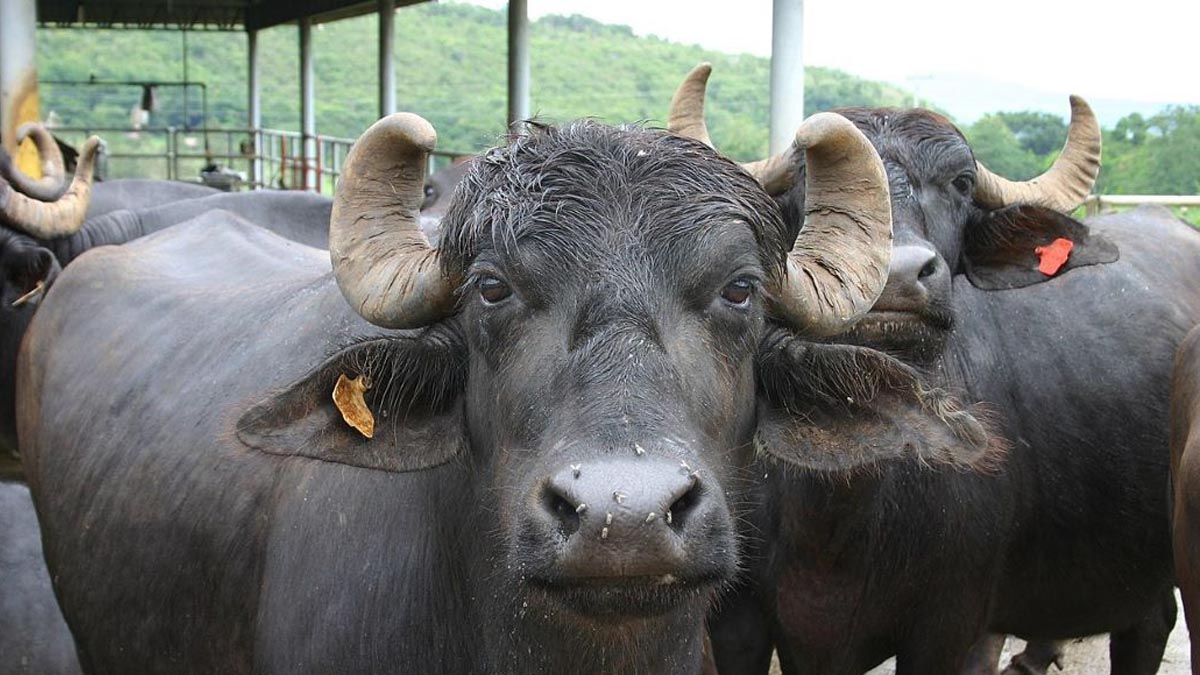
Murrah Buffaloes, a Gift from India, Arrive in Nepal: Boost to Livestock Enhancement

In a significant move aimed at enhancing Nepal’s livestock sector, a consignment of Murrah breed buffaloes from India arrived today through the Jamunaha transit of Banke. The arrival marks a collaborative effort between the two nations, with the Nepalese government actively pursuing the acquisition of these special buffaloes known for their high fertility rate.
The initiative to bring Murrah buffaloes to Nepal has been a longstanding endeavor of the Nepalese government, recognizing the breed’s potential to contribute to the country’s agricultural and dairy sectors. The announcement regarding the assistance was made during the recent visit of Prime Minister Pushpa Kamal Dahal ‘Prachanda’ to India.
The Murrah breed is renowned for its superior milk production and adaptability to diverse environmental conditions. This strategic exchange is expected to enhance the overall quality of the country’s buffalo population and subsequently improve the livelihoods of farmers engaged in the dairy industry.
The Department of Animal Services has outlined a thorough quarantine process for the newly arrived Murrah buffaloes. This precautionary measure ensures the health and well-being of the animals before they are dispatched to the National Animal Breeding Offices in Pokhara, Lahan, and Nepalgunj.
The National Animal Breeding Offices will play a crucial role in overseeing the integration of Murrah buffaloes into the existing livestock breeding programs. By strategically distributing these buffaloes to different regions, the government aims to optimize their impact on local dairy production and genetic diversity.
The introduction of Murrah buffaloes is anticipated to have a positive ripple effect on Nepal’s agricultural landscape, promoting sustainable farming practices and bolstering the nation’s quest for self-sufficiency in dairy production. This collaborative endeavor between India and Nepal stands as a testament to the diplomatic and agricultural cooperation between the two neighboring nations.














Comments